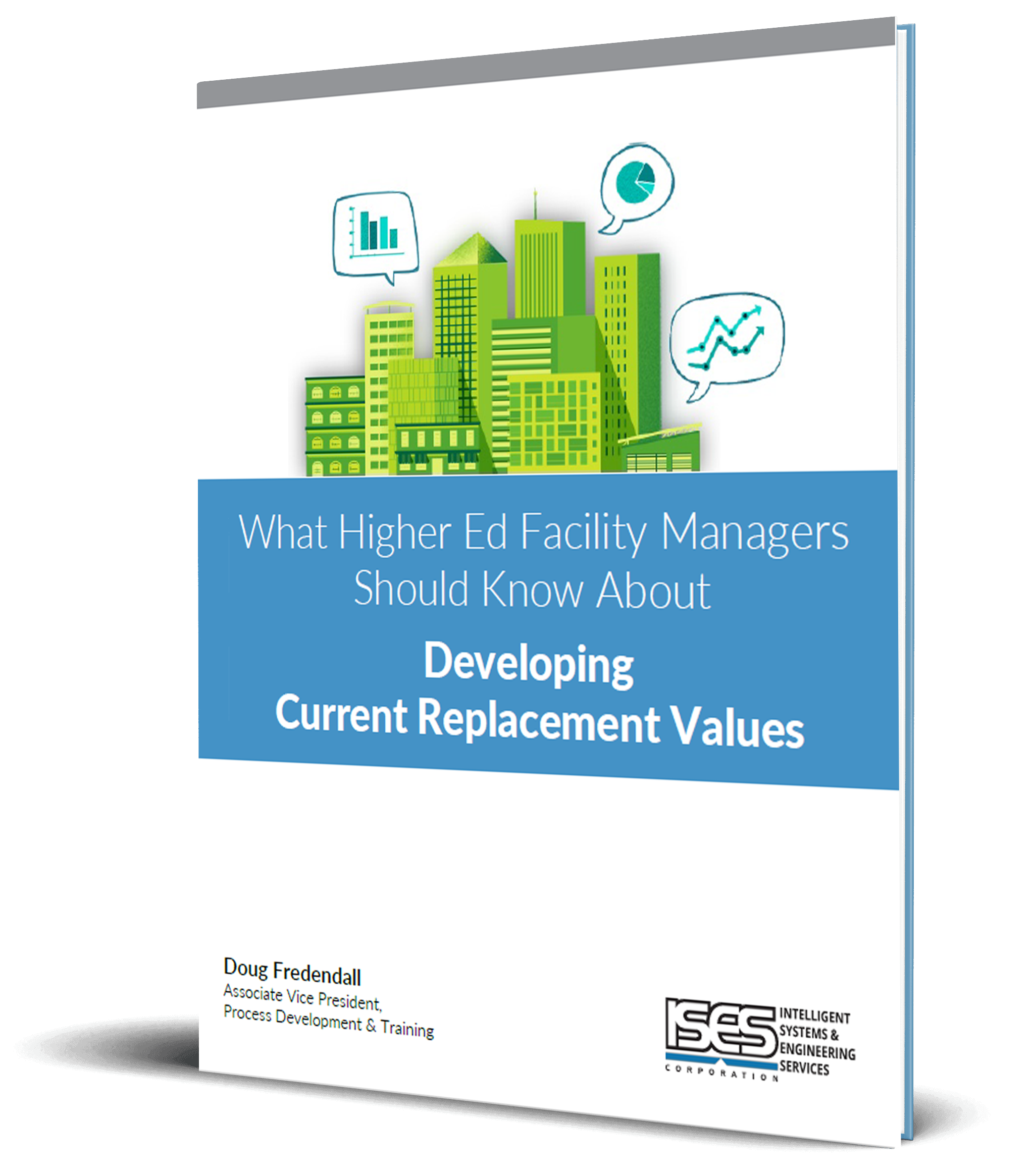Entities with large building portfolios, such as colleges and universities, municipalities and larger healthcare organizations, need a viable methodology for budgeting long-term repair, renovation and replacement needs. There are two accepted approaches: prepare a model based on the manufacturer’s estimated lifecycle, or inspect the actual conditions in the field. Which is best, especially considering funding will rarely meet total needs?
Lifecycle Model
A budgeting tool based on extrapolated data.
Companies that provide Lifecycle Modeling (LCM) services rely on interviews with maintenance staff to learn about building system conditions and dates of major repairs. They also record certain information on a percentage of building systems. Depending on the company providing the service, the data collection effort may be minimal. As one company describes its LCM service, “the methodology relies on the expertise of the facilities staff on each campus to provide the historical information on the age of each building subsystem to populate the model.”
The information is entered in a program preloaded with manufacturers’ data on the average life of mechanical, electrical and plumbing systems, as well as rough estimates of system costs. The program then predicts the total useful life of building system components to forecast estimates of renewal or replacement dates and costs.
The lifecycle modeling approach is a theoretical exercise, not based on the operating realities of the building, campus or site. It does not consider the presence or absence of preventive maintenance programs that directly influence the longevity, reliability and efficiency of buildings, systems and subsystems. It is a broad-brush approach based on the manufacturer’s stated life expectancy.
A lifecycle model can be used to generate high-level renewal budgets, but it cannot be used as an effective planning tool. The model may indicate that a building will require, say, $5 million in HVAC renewal in the next five years, but it does not identify which components need renewal and in what order.
Facility Condition Assessment
A budgeting and powerful planning tool.
Under the facility condition assessment (FCA) approach, teams of engineering and architectural assessors are deployed to walk every building, roof to basement, and observe the actual condition of building systems – as well as their components. In addition, ADA and fire/life safety systems are evaluated for compliance to relevant codes.
If preventive and predictive maintenance programs are in place and effective, the assessors will note that and make positive adjustments to system and component lifecycles. Similarly, a lack of appropriate maintenance will be observable and will result in a reduction to the predicted lifecycle of the equipment. In other words, the assessors validate the lifecycle model estimates with professional field observations and override the LCM when conditions warrant. The assessors also interview building maintenance staff to collect information on unobservable conditions, repair history and problem areas.
The findings of a properly conducted FCA are entered into a program that sorts and prioritizes the data. Numerous sorts can be conducted to help the facility manager estimate capital needs in the next year, the next 20 years, or anything in between, and know precisely what remediations require priority funds.
Where do the remediation cost estimates come from? They are based upon industry standard cost databases and, in the case of ISES Corporation, are supplemented by information collected over 30 years of experience assessing thousands of buildings and billions of square feet. These estimates are more accurate than the ballpark numbers derived in a lifecycle model. On several occasions, ISES has compared modeled data created by firms that use the LCM-only methodology to field-verified data and found discrepancies ranging from 10 percent to well over 100 percent.
An FCA provides a wealth of critical information in one centralized database that can be updated as components are replaced. This update ability both simplifies and enhances day-to-day operations, capital planning, project management, sustainability initiatives, ADA compliance, building code issues, programmatic changes and financial planning.
Conclusion
The comprehensive, detailed FCA presents the most accurate, objective and useful information in support of both short- and long-term facilities reinvestment financial planning.
Lifecycle modeling provides a rough approximation of facility reinvestment need. The FCA with component inventory provides a more precise budget estimate. Plus, the FCA is conducted by architectural and engineering professionals who validate the condition of the components and systems, then develop investment scenarios. It generates a wealth of operational detail and validated data that provide accurate information to every level. Furthermore, replacing parts of systems (i.e., components) is simply more feasible.
From decision-making bodies like Boards of Trustees or City Councils, through chief financial officers, facility directors and planners, to the architects, engineers and sustainability managers – the FCA is the better investment.


